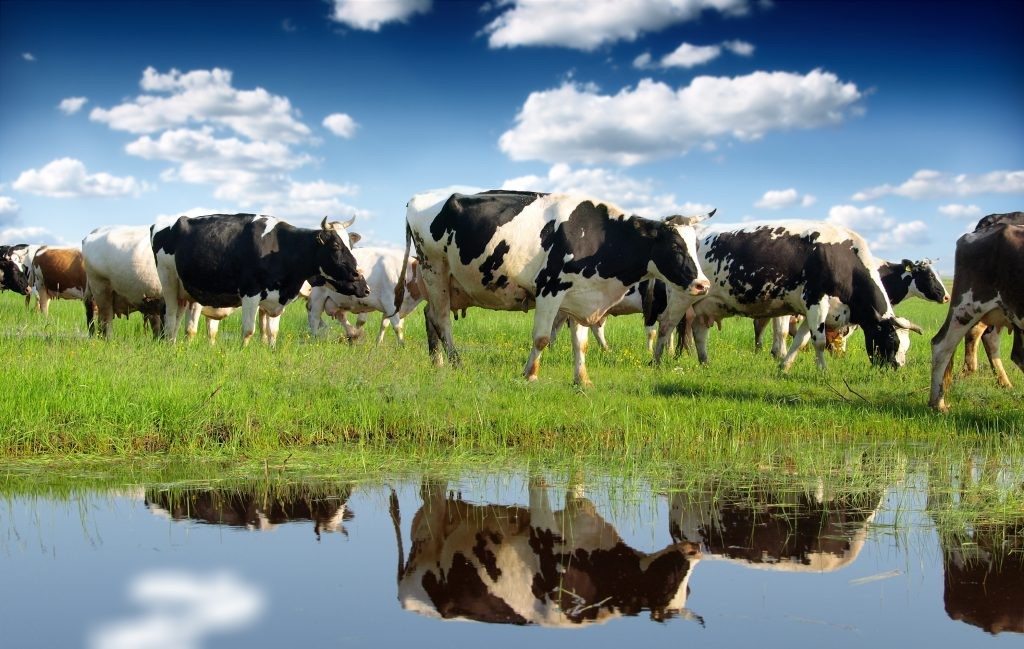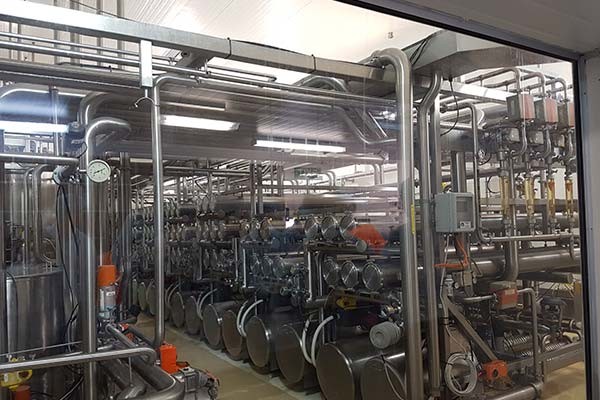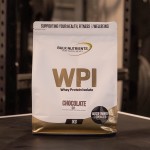How Whey Protein Is Made?

Dairy: A huge operation
Before getting into the nitty-gritty it’s important to note the size of the dairy industry in Australia. The whey processing plant we visited didn’t just process whey, it was also a cheese making and milk receival facility. There’s also the small matter of liquid removal, for every 400kg of whey that is made, it started with an astonishing 50,000 litres of liquid.
One of the fascinating parts of this 24/7 operation was seeing trucks coming in, decanting their milk and then departing for subsequent runs. Millions of litres per day are collected and delivered from local farms. The intake of milk required by the plant comes from farms from as close as 10km, as well as some farms up to 200km away. The farms vary in size, but have an average of 380 cows, with the largest being just under 2000 cows.
It’s a bigger operation than we ever could have imagined!
So, where does whey come from?
Here’s a little fun fact for you… Believe it or not, one of your favourite childhood nursery rhymes is a great best place to start when learning about the beginnings of whey protein.
Do you remember Little Miss Muffet? And how she was eating her curds and whey? Well, these are the two main components (well, proteins) that make up dairy milk!
If we think about it, the curds and whey Miss Muffet was eating could well have been in the form of traditional cottage cheese, as curds are the lumps in cottage cheese and the watery part is the whey.
Have you ever opened your yoghurt to find a clear-ish liquid on top? Again, that’s the whey. Don’t tip it out! Stir it in to maximise your protein gains.

Cheese and Whey
Cheese and whey work very well in tandem, in fact you need cheese to make whey! For this reason, many whey processing plants work alongside cheese plants.
When making cheese the whey is separated from the milk, with the milk then made into cheese. The whey component as we now know contains a huge amount of protein, but before it was considered a waste product and was often used to water the paddocks. We’re glad to have found a way to use all those wasted gains
A process of refinement
It takes some serious refining to produce a powder that is very high in protein because liquid whey is actually only about 1% protein. The refinement process begins with a series of filters where the liquid is concentrated. Today, many companies use ultra or super chill filtration methods to keep the amino acid profiles and whey fractions intact for ultimate nutritional benefits. The final process is a series of vibrators and dryers before the whey is in a form you would recognise as WPC or WPI.

Voila, whey protein!
And there you have it, a pure and high protein powder! This process of creating whey protein has been optimised over decades with the current processes deemed as cutting edge. Through every step and procedure, highly accurate equipment is used to monitor parameters like protein, fat, lactose and liquid levels, it’s just amazing!
You can start enjoying the benefits of our undentured whey protein today, just browse our range of delicious whey protein powders.

Ben Crowley, founder of Australia's top sports supplement brand, Bulk Nutrients, combines two decades of industry experience with a commitment to employee work-life balance and career growth.
A firm believer in quality, Ben founded Bulk Nutrients to provide affordable, high-quality products, even amid global challenges.
Apart from business, he enjoys family time, outdoor activities, and adrenaline-charged car projects.
More about Ben Crowley





























